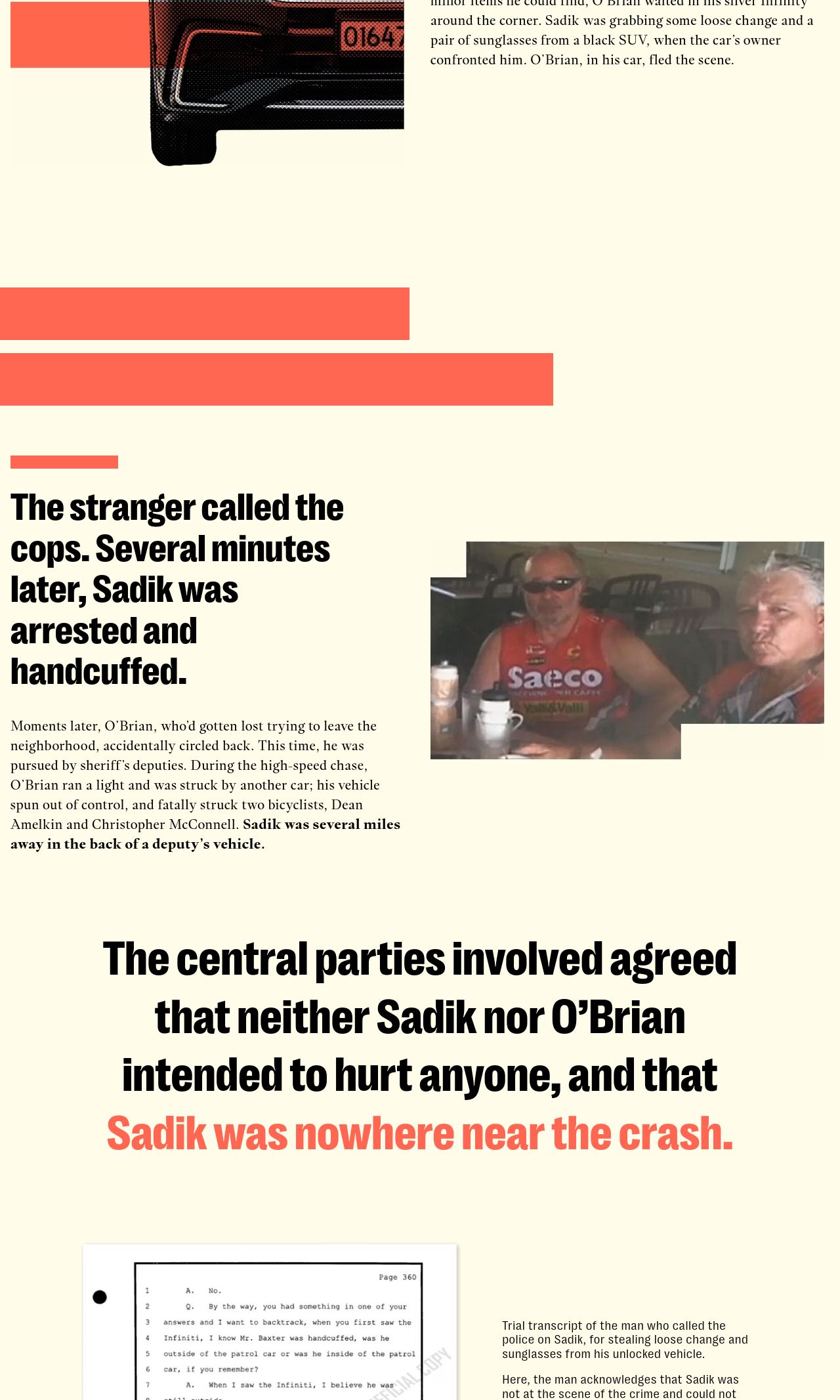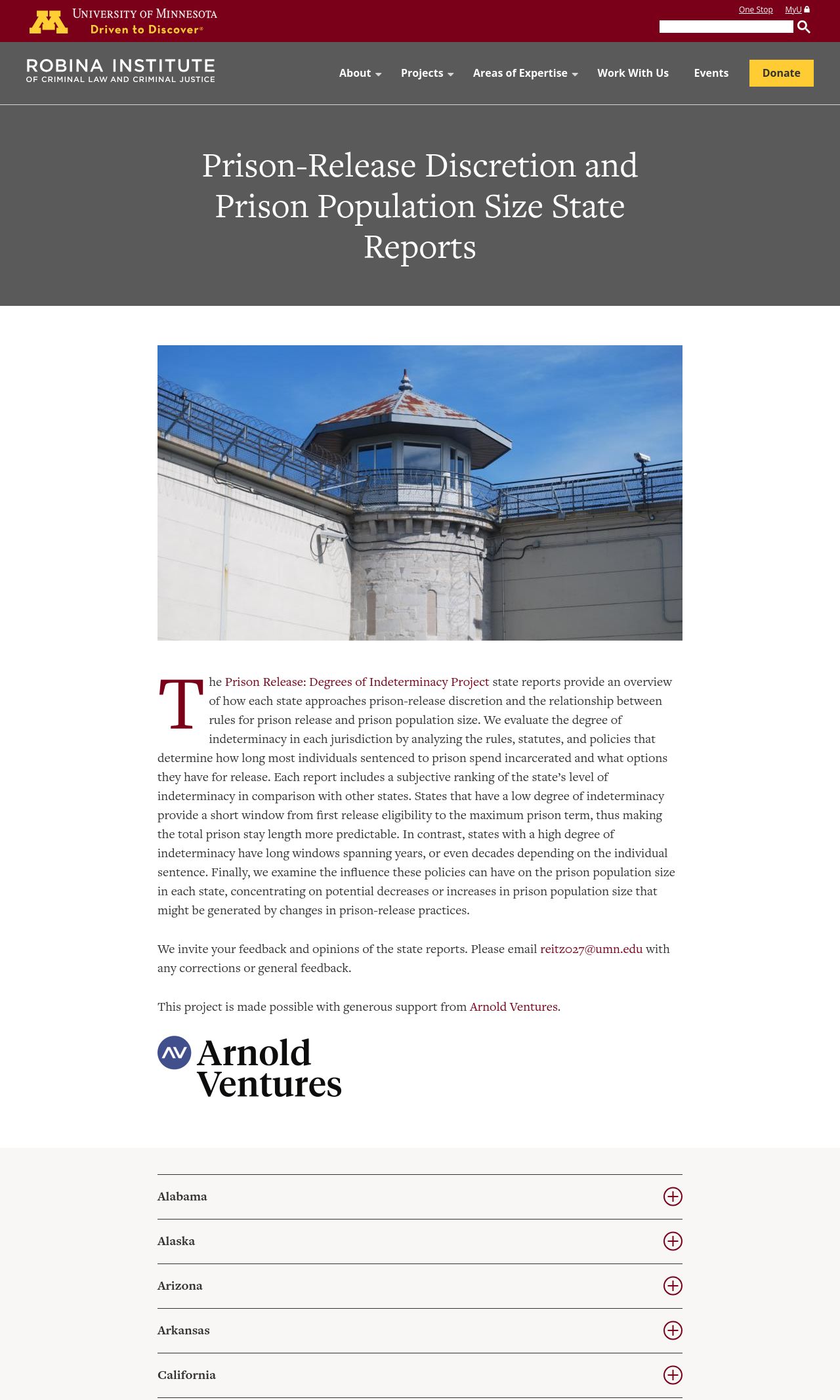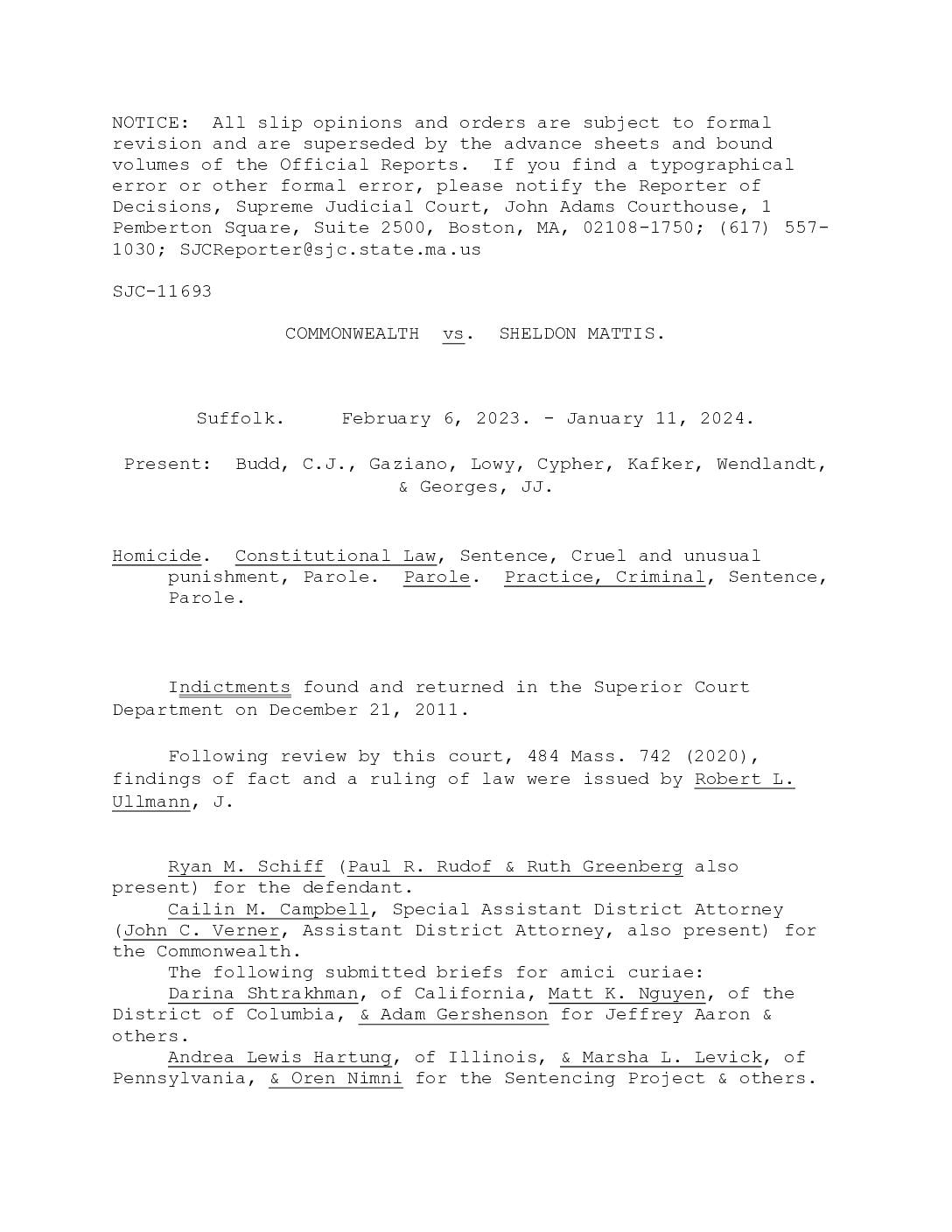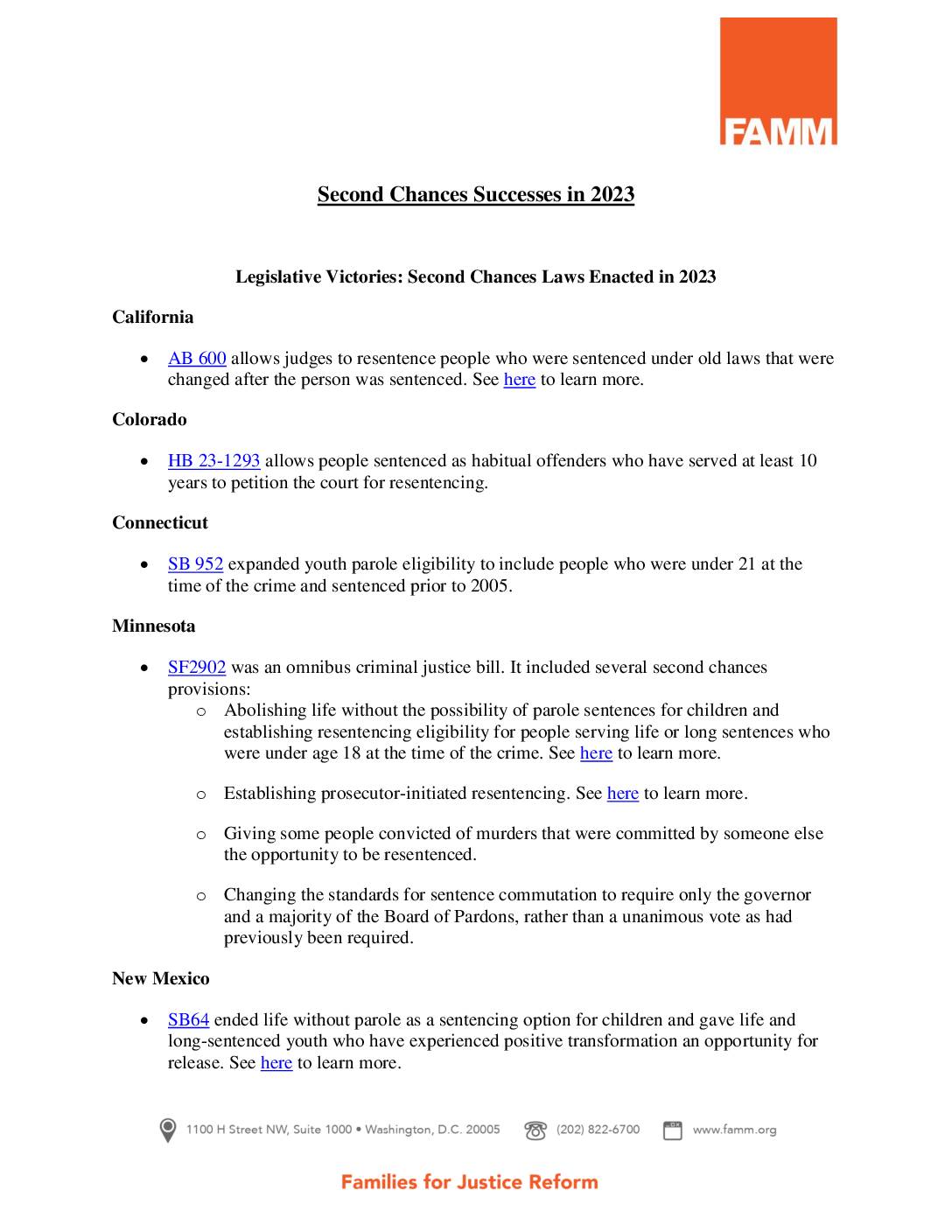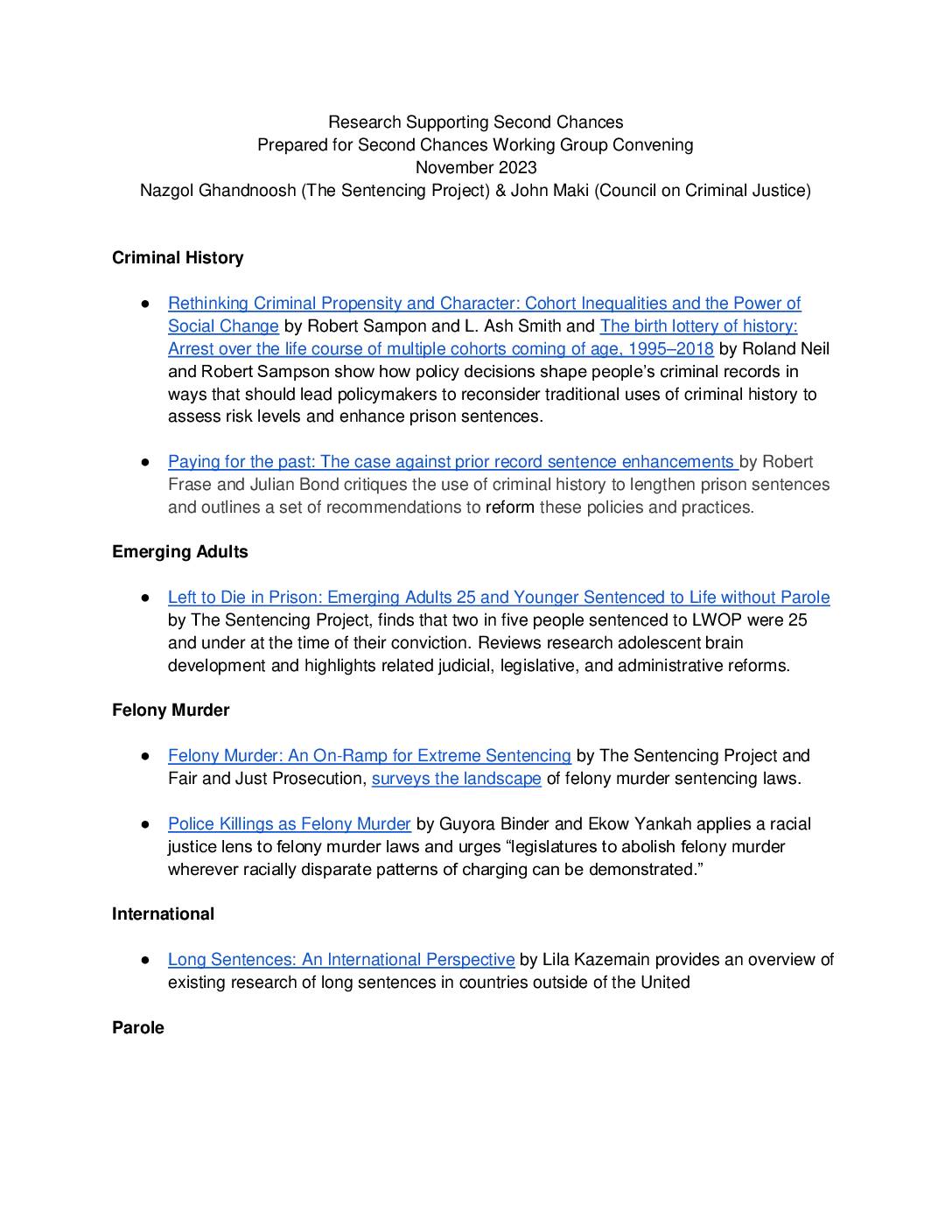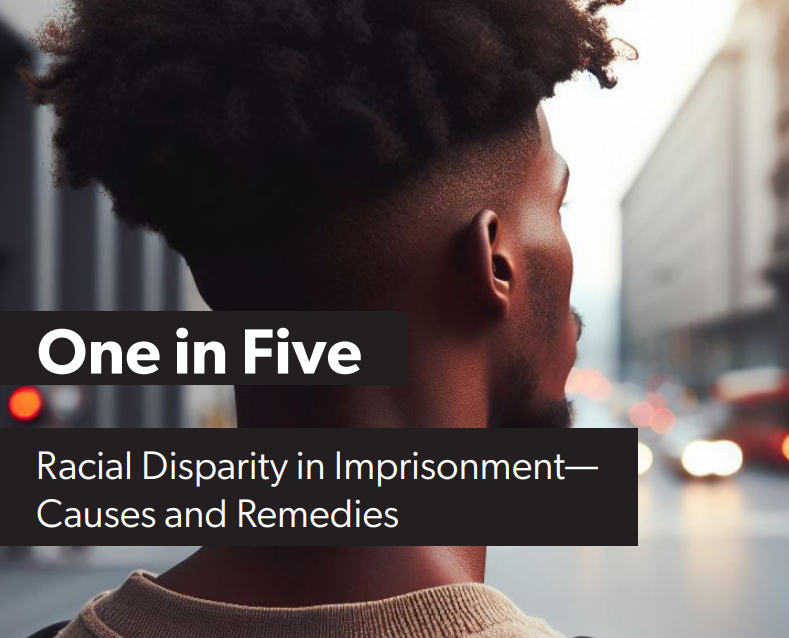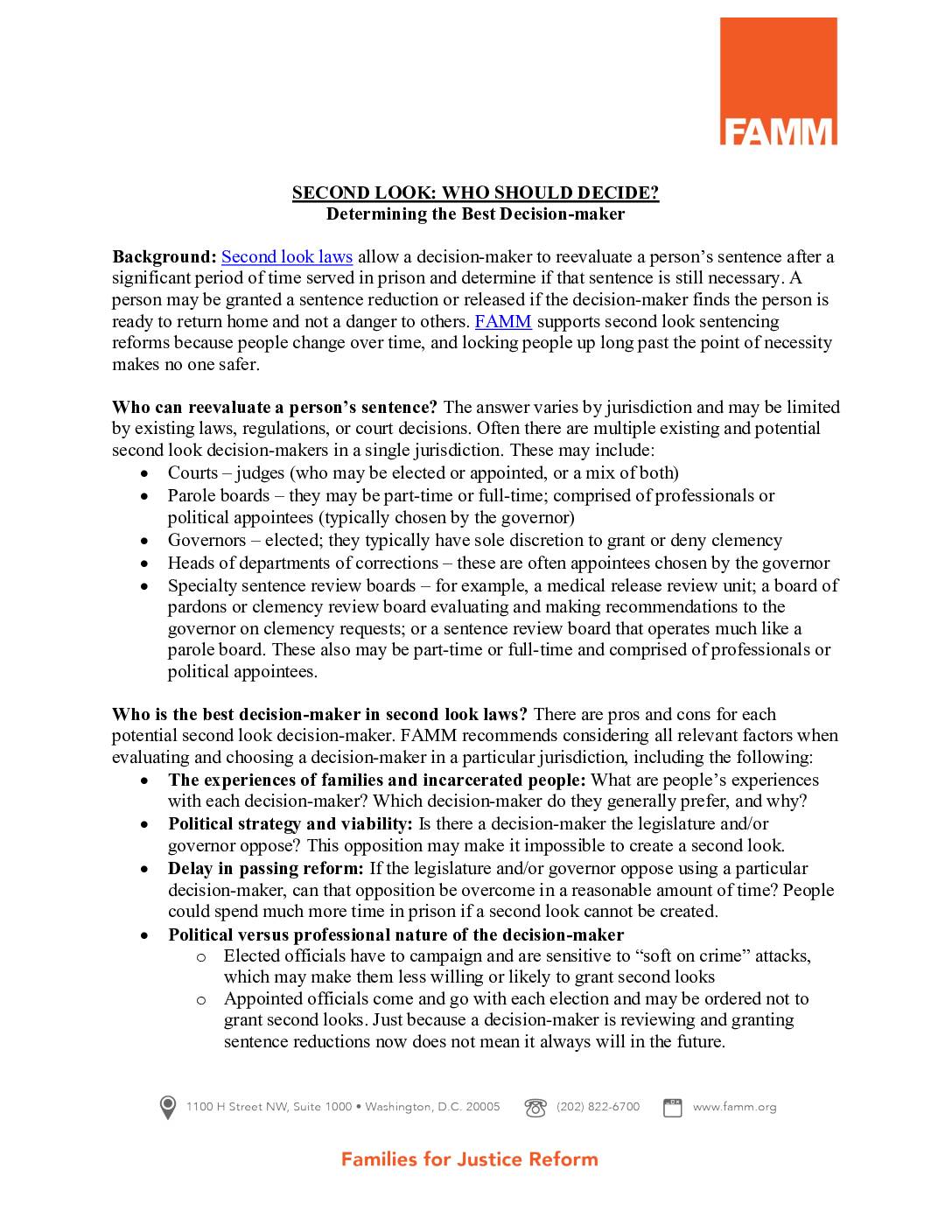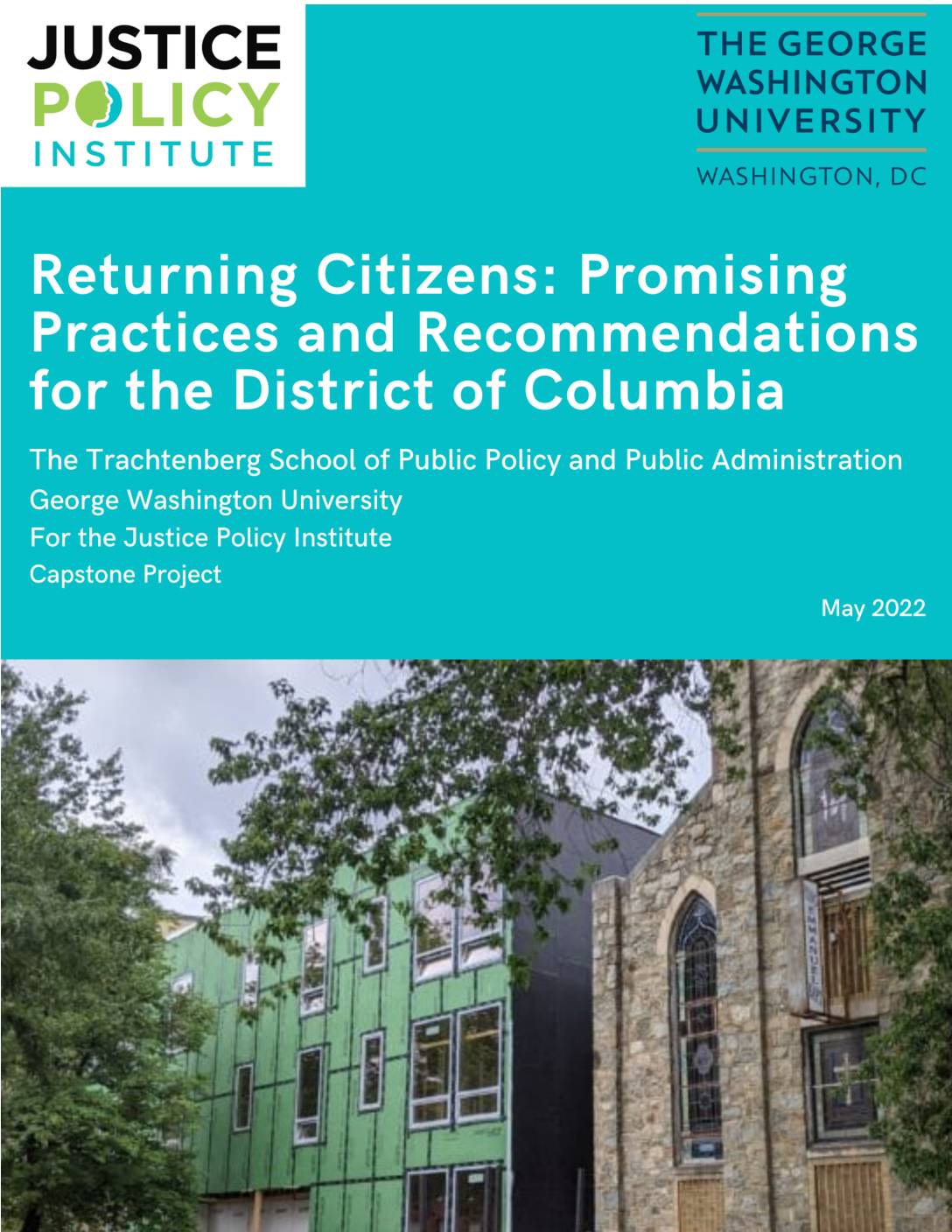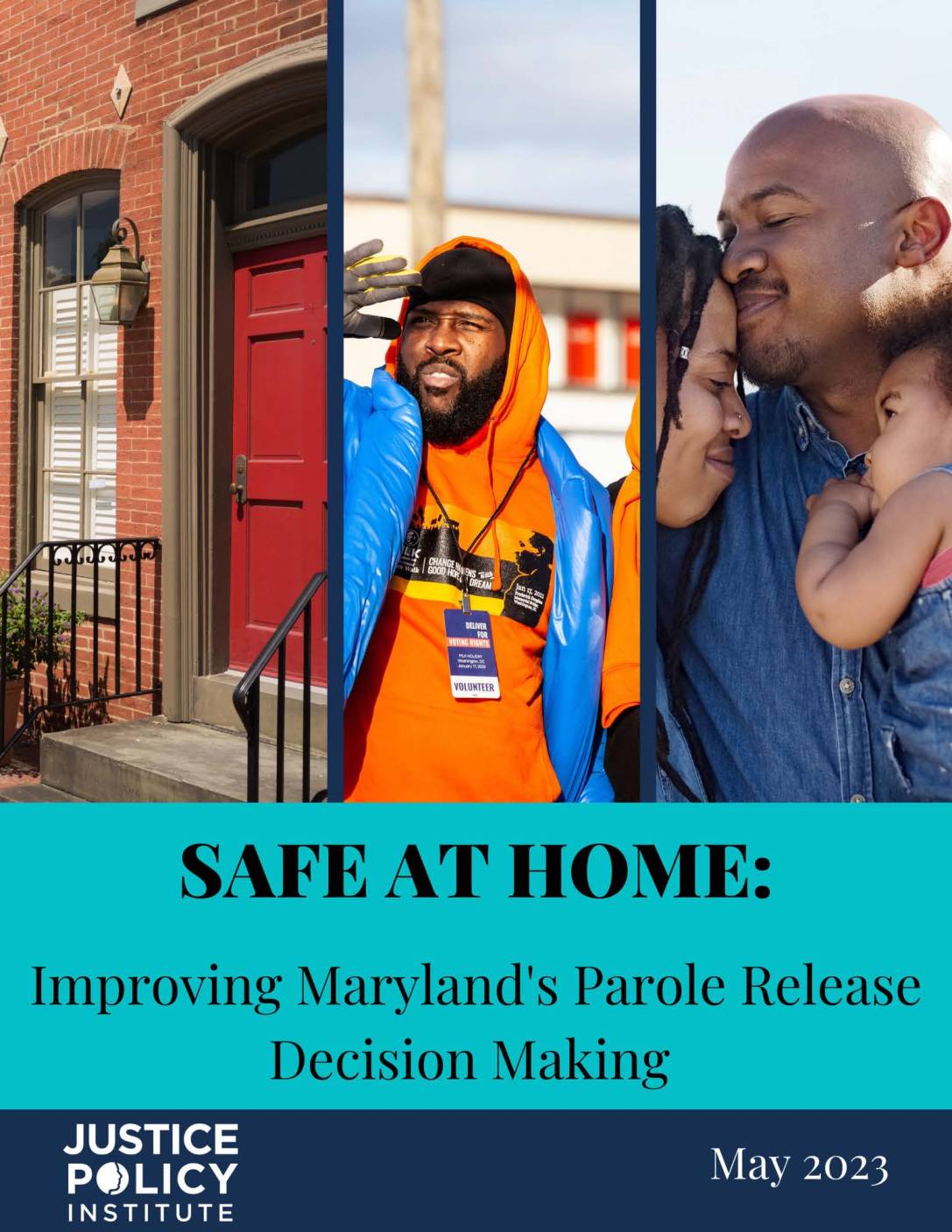LINK The Felony Murder Reporting Project
The Felony Murder Reporting Project is an independent, interactive online storytelling hub and data project accompanying Sarah Stillman’s 2023 investigative reporting on felony murder for the New Yorker. It is a living resource to encourage local and national efforts to document the felony murder doctrine’s reach, while supporting local investigative reporting and public-interest data journalism on the issue.
For the last two years, the Yale Investigative Reporting Lab has been working to investigate the scope and human toll of the felony-murder rule, collaborating with law school clinics, data analysts, and digital storytellers at Zealous. Thus far, we have spent more than a thousand collaborative hours to unearth and analyze more than 10,000 cases, state by state, examining race, gender, age, and other variables.
Our investigation revealed four fundamental and troubling patterns within the felony-murder prosecutions we examined:
- Felony murder is a significant driver of the extreme sentencing of youth, Black people, and women (including survivors of domestic violence and police violence), and an overlooked driver of mass incarceration.
- Felony murder drives many of the lengthiest and most inequitable sentences.
- Most states keep no clear data on felony murder convictions.
- Felony murder distorts the power of plea bargains.


